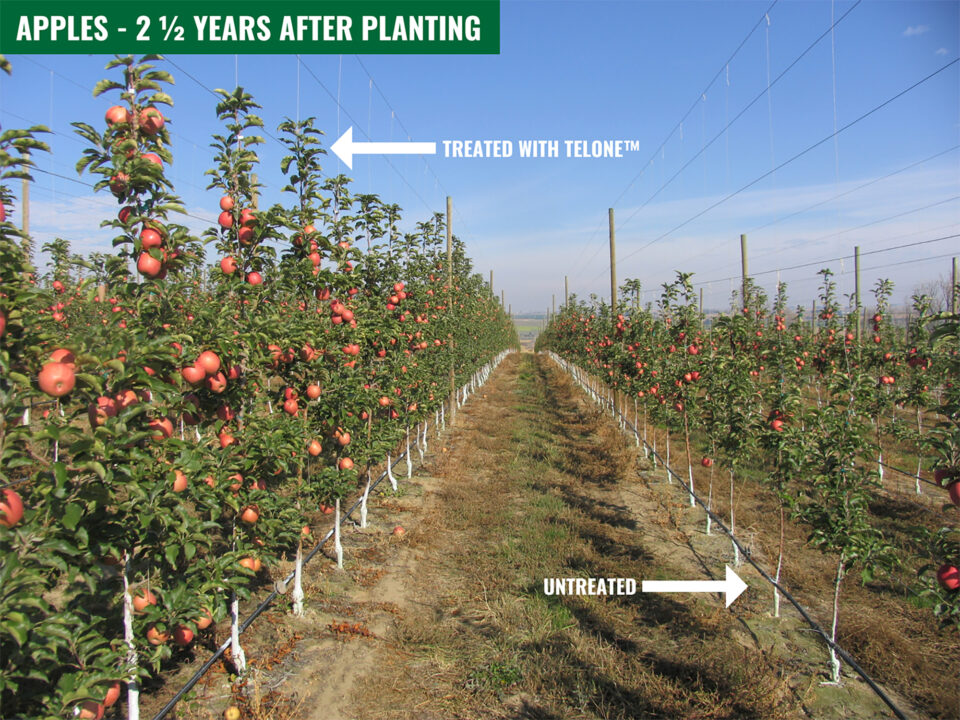Check Out the New Digital Drought Portal From NOAA
Weather over the last year was just as wild as everything else going on in the world — if not more. And forecasters are upgrading tools to better track changing climatic conditions. NOAA’s National Integrated Drought Information System has launched the redesigned U.S. Drought Portal (Drought.gov) to better serve farmers, stakeholders, and the general public.
The new website features updated content and new interactive architecture designed to provide actionable, shareable information and easy-to-understand graphics describing current drought conditions and forecasts by city, county, state, zip code, and at watershed to global scales.
The Drought Portal also aggregates and presents drought impact data for economic sectors such as agriculture, energy, water utilities, and recreation using interactive maps and exclusive data.
Need to find the latest drought status? Head over to the Data and Maps section, where you can get the latest drought conditions, impacts, and outlooks and as well as drought-related maps for temperature and precipitation, wildfire updates, and soil moisture conditions, and more.
The portal also has the following four new features:
• Drought conditions down to the city and county level where you can see current conditions, key indicators of drought, outlooks and forecasts, as well as historical drought conditions.
• Historical data and maps, including U.S. Drought Monitor data going back 20 years, standardized precipitation index data going back 125 years, and paleoclimate data (e.g., from tree-ring analysis) going back 2,000 years.
• By Sector section, which shows drought impacts on different economic sectors, such as agriculture, energy, water utilities, tourism, and recreation.
• Research and Learn section where you can “go back to the basics” on drought with definitions, overviews of different types of drought such as flash drought and snow drought, learn about initiatives like the National Coordinated Soil Moisture Monitoring Network, and more.










